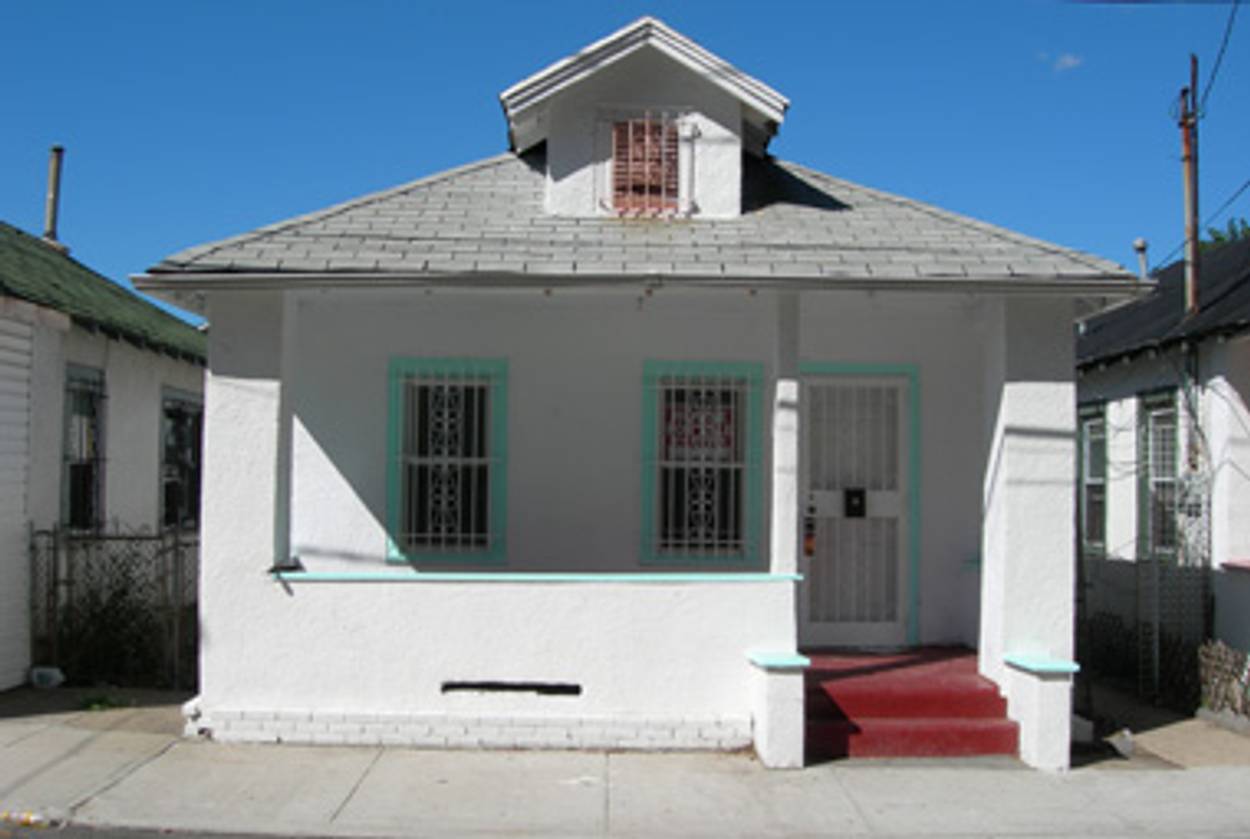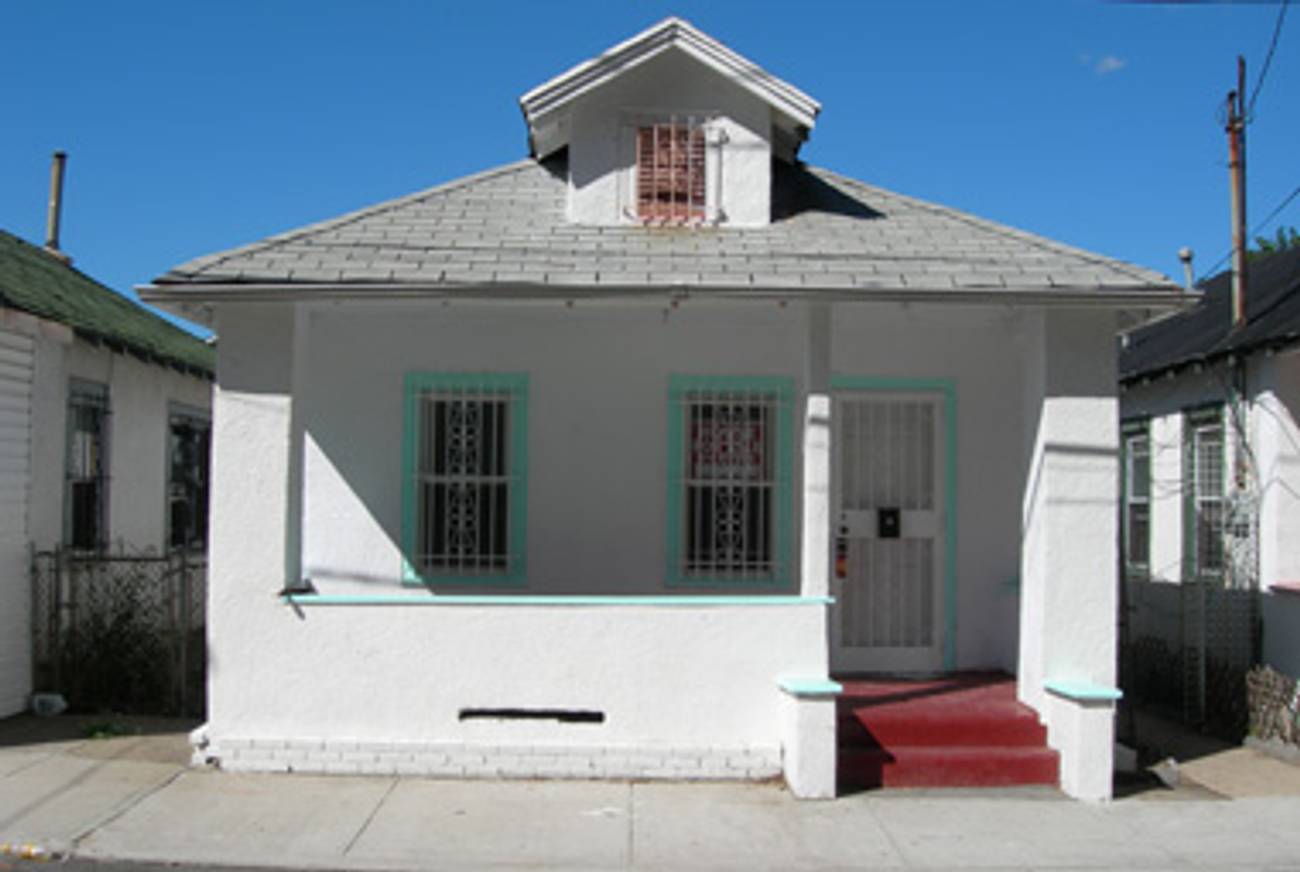Return to Rockaway
Documentary shows iconic bungalows, then and now




Summer is upon us once again, and as New York City—in all its olfactory glory—heats up, urban dwellers seek respite any way they can. Last week, The New York Times took us to the Rockaways, a “sliver of dilapidated bungalows, drug-riddled public housing and W.P.A.-era boardwalk at the end point of the A train” in Queens that has, apparently, become the surfing hipster’s response to the Hamptons.
However, though contemporary beach-goers can enjoy quinoa black-bean burgers and rice-milk smoothies, this isn’t the first time the masses have sought out the urban oasis of the Rockaways. The Bungalows of Rockaway, a recently released hour-long documentary produced by Jennifer Callahan and Elizabeth Logan Harris, looks at those eponymous iconic structures that once inexpensively housed hordes of summer vacationers—many of them Jewish immigrants. Now threatened by new developments, the film chronicles the rise of the porch-sitting, community-based bungalow culture of the Rockaways that provided the summer backdrop for many post-war Jewish families.
Callahan, a documentary filmmaker who was raised Irish-Catholic, was initially interested in the history of the bungalows and the preservation of what she calls vernacular architecture. “It felt like a real getaway,” Callahan tells me of the southern Queens peninsula. “I don’t think it felt like it was in a city.” After hearing Callahan’s plans for the documentary several years ago, Harris, who grew up in Lynchburg, Virginia, and had recently moved to New York, hopped on the A train to see what the Rockaways were all about. It was March, and though snow covered the beach, Harris was immediately drawn to what she felt was an “unusual, charming, and unexpected” part of New York City. She called Callahan from there and became part of the project.
One of the things that struck Harris during the three years of conducting oral histories with current and former bungalow-dwellers was hearing common memories that seemed to transcend ethnic or neighborhood borders. Whether she was talking to someone Irish or Jewish, “They all had the same connection to the bungalows,” she told me. “It became very clear to me that the bungalows were in the collective consciousness.”
Callahan posits that there is an inherently social element to the bungalow structure, an architectural form she describes as friendly. The porches, which summer residents took immense pride in, created a public space where neighbors convened and that fostered the sense of community so integral to the bungalow appeal—the appeal that kept people returning..
“What really brings the film alive,” Callahan says, “are the photographs people sent in. They just mailed in these precious family photos.” She credits this to that same familial atmosphere of the Rockaway bungalow communities. There was an added bonus for Harris, who told me she “got to walk in the shoes of a real New Yorker.”
Stephanie Butnick is chief strategy officer of Tablet Magazine, co-founder of Tablet Studios, and a host of the Unorthodox podcast.